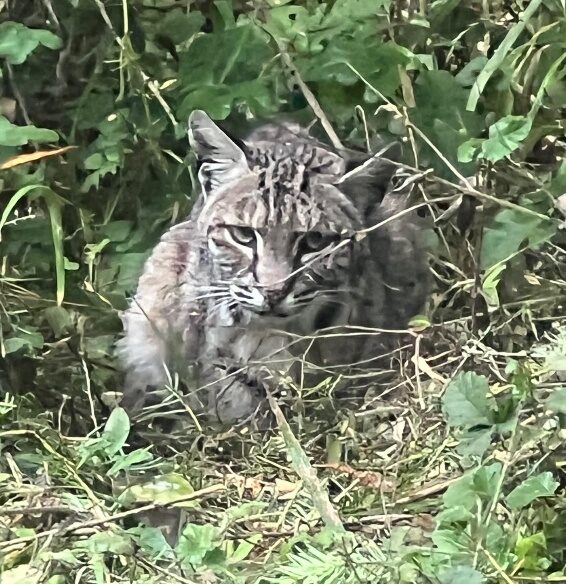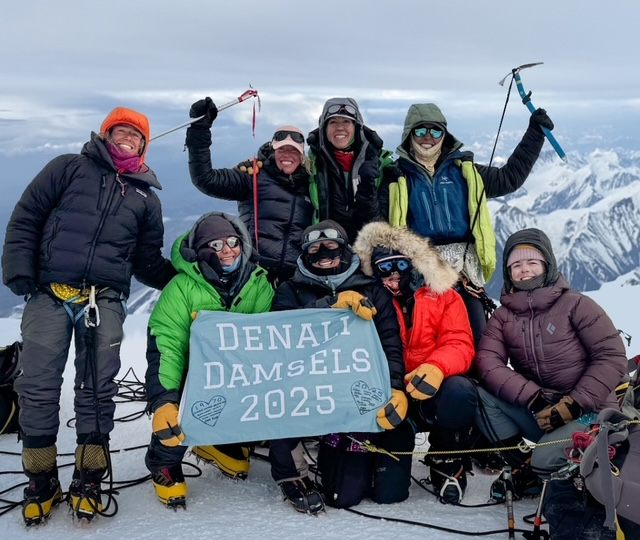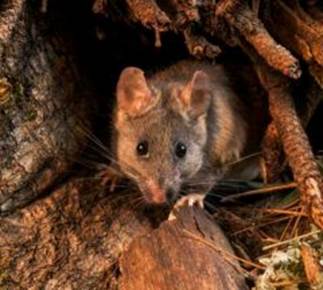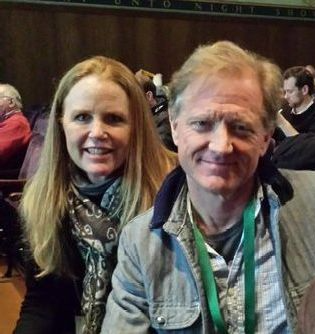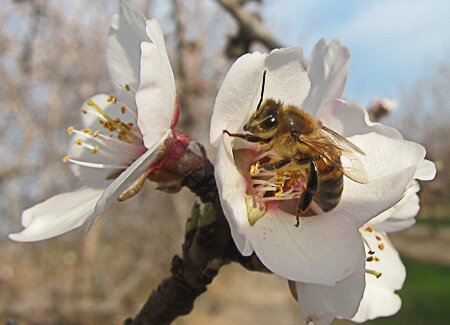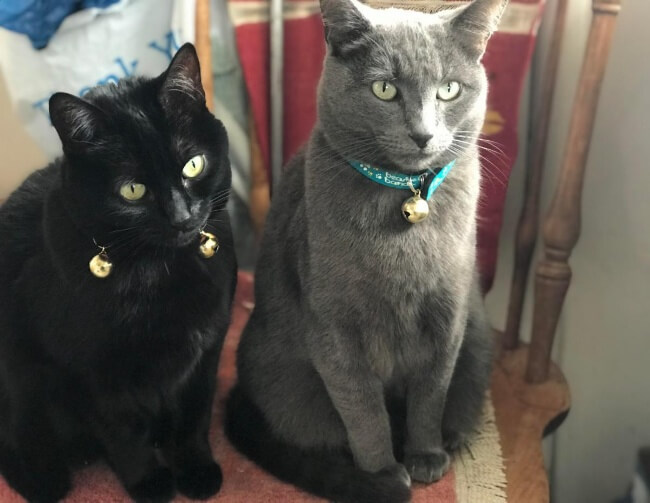Oct 2025 Newsletter: The Wild and the Honored
Hello!
I hope you are enjoying October and its weather changes. I am loving the beautiful fall vistas and especially this bobcat that I photographed watching us from the side of our trail in Point Reyes National Seashore! Seeing such wildlife inspires me to take on challenging projects to reduce exposure to harmful chemicals—to protect the health of wild creatures as well as humans. This newsletter has a focus on the animal world, which we hope you will find informative.
For example, we have just hosted an information exchange meeting on antimicrobial chemicals with scientists, government, NGOs, antimicrobial producers, and the soap and cleaning product brands who use the chemicals. Many antimicrobials are toxic to ecosystems and safer substitutes are needed. It’s a very delicate balancing act to bring these diverse stakeholders together to share divergent perspectives and forge a path forward. But we’ve seen how educating manufacturers with good science can lead them to change, such as cosmetics and carpet companies moving away from PFAS when presented with scientific research.
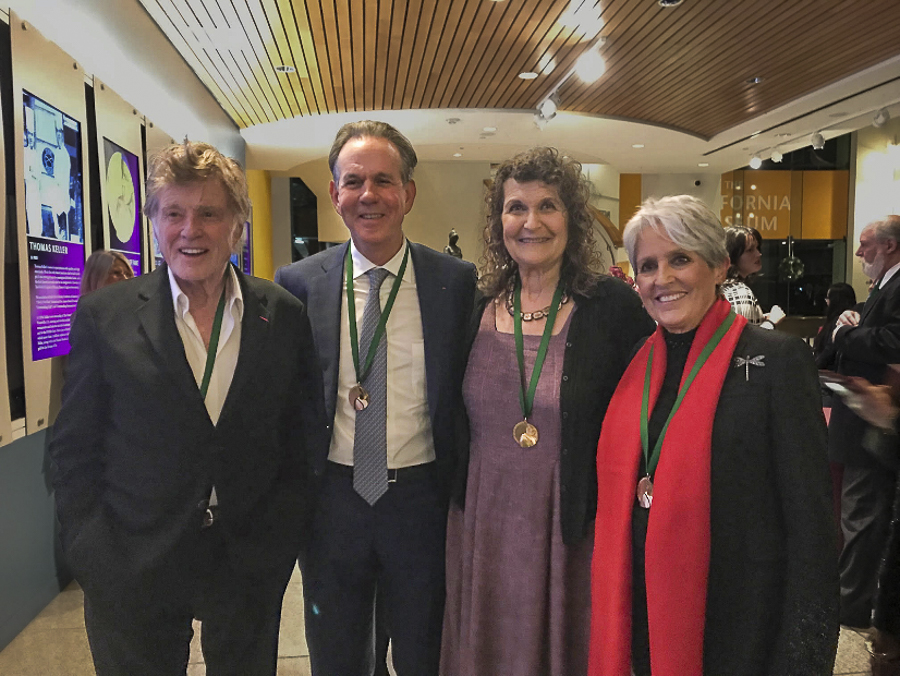
With Robert Redford, Thomas Keller and Joan Baez in 2018 when we were inducted into the CA Hall of Fame
Finally, I encourage you to check out my series of articles in Forbes Sustainability and watch my recent webinar to the Massachusetts Breast Cancer Coalition. For other archived talks and informational content, visit our YouTube channel.
Warm regards,
Arlene
Woodrat WondersWalking familiar trails in Tilden Park, a friend pointed out mysterious large structures woven of branches. Some were as large six feet by six feet and some were high up in the trees. We could not imagine what could’ve made them. No beavers in the area. Yetis? The answer is the very industrious and cute California dusky-footed woodrat. These determined small creatures manage to transport and weave together yard-long branches and even carry them up vertical tree trunks to fashion their large nests. Please read on for short excerpts from Michael Ellis’s great article about these small nocturnal creatures in Bay Nature and consider signing up for a subscription to support this informative publication for outdoors-lovers. “The nests of dusky-footed woodrats can be as large as a Volkswagen bug and last for decades…. Woodrats are sometimes called pack rats because they love to collect and store various kinds of junk… Folks living near these critters have reported missing gum wrappers, lace curtains, crackers, soap, wallpaper, and even shoes…. A woodrat nest may look like an enormous haphazard pile of sticks and leaves from the outside, but inside is a carefully designed and organized forest home. Like us humans, woodrats have very particular requirements for their homes. Not too dry or too wet… Goldilocks with whiskers!” |
A Tribute to Jamie Redford and Kirby WalkerThe passing of Robert Redford reminded me of the invaluable contributions to our work and the much too early passing of his son Jamie Redford in 2020 from a rare cancer. Jamie was our good friend and a The film, featuring the San Francisco firefighter and cancer survivor Tony Stefani, brought the health harm and lack of benefit of flame retardants to a wide audience, and especially to firefighters. This film made a critical contribution to changing furniture flammability standards so that now furniture and most children’s products are free of these harmful and unneeded chemicals. This means healthier homes for all who have purchased their furniture since 2014. Very sadly, in 2019 Kirby Walker also died of cancer. We want to recognize Jamie and Kirby’s important contributions and the heartbreak of the passing of these kind and brilliant friends much too soon. Such tragedies help motivate our current projects to prevent cancer-causing chemicals in our cars and in the plastic cases around lithium ion batteries. |
Pollinators in Peril. Where is the Pesticide Data?by Susan Kegley, Green Science Policy Institute Senior Fellow Each year, commercial beekeepers from across the country prepare their hives for the journey to California’s Central Valley, where billions of honey bees are needed to pollinate almond orchards in February. But this year, when beekeepers opened their hives, they found many of them empty or failing. Losses ranged from 40% to as high as 90%–a catastrophic blow. Why should we care? Honey bees pollinate about one-third of the crops we eat, including many of the most nutritious–berries, nuts, fruits, and vegetables. Their survival is directly linked to our food security and public health. But even more importantly, such large-scale bee losses are a warning sign: something is seriously wrong in the environment we share. Multiple stressors are known to affect honey bee health, including exposure to toxic On June 5, the USDA issued a report blaming viruses and Varroa mites for the die-off. The pesticide data could reveal critical insights—not just about bee health, but about broader environmental risks. That’s why I’ve been working with the Pollinator Stewardship Council to submit a Freedom of Information Act (FOIA) request to obtain the withheld data. We are urging a swift and complete release of the pesticide results. Meanwhile, beekeepers are doing their best to restore their colonies. And you can help. If you’re a gardener, consider planting pesticide-free, pollinator-friendly flowers to support your local bees. They need us—and we need them! |
From Beagles to the Bay: Reducing Pet Pesticide Pollutionby Alexa Reynoso (Updated) We all want our pets to be healthy and were very concerned to learn that spot-on topical flea and tick treatments meant to keep them well could harm our ecosystems. Dermal treatments such as Advantage, Frontline and PetArmor contain pesticides such as Fipronil or Imidacloprid that can harm the food web in the San Francisco Bay, according to scientists at the San Francisco Estuary Institute (SFEI). These pesticides get on our hands and clothing, and when we wash our hands, our laundry, (or our pets), they head down the drain to wastewater treatment plants, and eventually end up in sediments at the bottom of the bay. According to Rebecca Sutton of SFEI, “that’s the base of our food web. So, if those critters experience impacts, it could go up and harm our fish and our wildlife.” An SFEI study found Fipronil in all tested sewage treatment plants at concentrations above the U.S. EPA’s recommended limit for aquatic ecosystems. Imidacloprid was also found at levels between 84 and 305 parts per trillion, well above the limit of 10 parts per trillion. A UK study also found a high environmental risk to UK aquatic ecosystems from Fipronil. To protect both your pet and the environment, ask your vet for an oral chewable flea and tick treatment. These very effective tablets also tackle internal parasites, and are safe for pets, children, pet owners, and ecosystems. They include NexGard, Simparico, Credelio and Bravecto. If you prefer topicals over chewables, ask your vet about the monthly topical Revolution or the quarterly topical Bravecto. To reduce the risk of fleas, you can vacuum your home and your pet’s bedding often (and empty the bag). See more tips for pet owners and veterinarians about chewable flea and tick medications. Or check out my recent Forbes article: Your Pet’s Topical Flea Treatments Harm |
Arlene and the Green Science Policy Institute in the Newsby Rebecca Fuoco Below are recent news articles, blogs, podcasts, newsletters, and more that have featured our Institute’s work and expertise.
|
CalendarWednesday, October 29, 11 AM – 12:30 PM Pacific Saturday, November 8, 2025, 9 AM – 5 PM Pacific, Santa Monica, California Saturday, November 15, 6:30 PM Pacific, Portland, Oregon Wednesday, November 19, 2025, 1:30 – 3:30 PM Pacific, Portland, Oregon Wednesday, November 19, 2025, 6 – 9 PM Pacific, Portland, Oregon |
